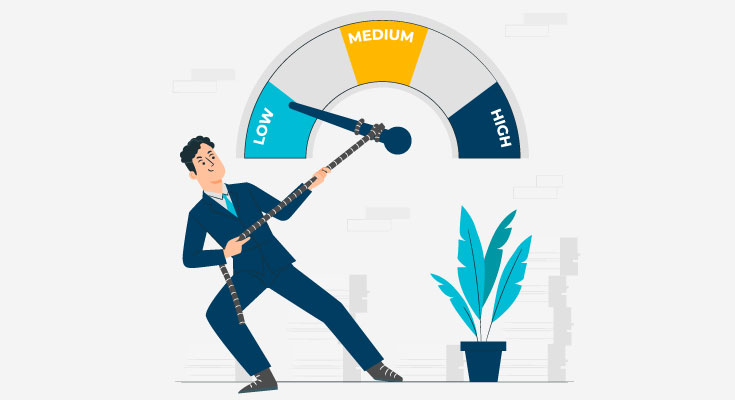How ProcessUnity’s Global Risk Exchange Enhance Third-Party Risk Assessment?

“For want of a nail, the kingdom was lost,” goes the old proverb. Much like the overlooked car part that led to a stranded family on a Sunday drive, cyber threats often exploit the smallest, most unexpected vulnerabilities, especially those introduced by third-party vendors. In both cases, the root cause isn’t always the glaring flaw but the assumption that a minor oversight won’t cascade into catastrophe.
Modern organizations rely heavily on vendors for software, cloud services, and supply chains, creating a web of dependencies. Yet, each external partnership is a potential backdoor for cyberattacks. A single weak link, an outdated API, lax access controls, or an unpatched component, can cripple an otherwise resilient system. Consider the SolarWinds breach: a routine software update became the Trojan horse for a global espionage campaign. The lesson? Sourcing matters. Blind trust in vendors without rigorous scrutiny is like driving a car with a known faulty gear, eventually, it will fail.
This is where a Third-Party Risk Assessment Library becomes indispensable. It’s not just a checklist but a dynamic framework to evaluate vendors’ security postures, track compliance, and monitor for emerging risks.
5 Ways ProcessUnity’s Global Risk Exchange Strengthens Third-Party Risk Management
Managing third-party risks is like navigating a maze—blind spots can lead to costly breaches, compliance failures, or operational disruptions. ProcessUnity’s Global Risk Exchange simplifies this challenge with a collaborative, data-driven approach. Here’s how it helps organizations reduce risk and enhance assessments effectively:
- Centralized Vendor Intelligence For Smarter Decisions
Instead of juggling scattered spreadsheets and emails, the platform consolidates vendor data in one secure hub. Businesses can instantly access critical details like compliance certifications, audit reports, and financial health, eliminating guesswork. Example: A healthcare provider onboarding a new cloud vendor can quickly verify HIPAA compliance status, avoiding penalties from overlooked gaps.
- Real-Time Risk Monitoring & Alerts
Risks evolve, but static annual audits miss emerging threats. The Global Risk Exchange continuously scans for red flags, data breaches, regulatory changes, or vendor financial instability, and alerts teams proactively. This turns risk management from reactive to predictive.
- Standardized Assessments Tailored To Industry Needs
Generic checklists don’t cut it for high-stakes sectors like finance or critical infrastructure. The platform offers customizable, industry-specific questionnaires (e.g., GDPR for EU data handlers, NIST frameworks for U.S. contractors), ensuring vendors meet your standards, not just baseline requirements.
- Collaborative Workflows For Faster Remediation
When issues arise, delays in communication escalate risk. The tool enables seamless collaboration between internal teams and vendors, with automated task assignments and progress tracking. If a cybersecurity weakness is found, both parties can address it in real-time, no back-and-forth emails.
- Benchmarking Against Peers For Competitive Insight
Is your vendor’s security posture above or below industry norms? The platform’s benchmarking analytics compare vendor performance against anonymized peer data, helping organizations prioritize high-risk relationships or reward top-tier partners.
The Bottom Line
ProcessUnity’s Global Risk Exchange transforms third-party risk management from a defensive chore into a strategic advantage. By unifying data, automating vigilance, and fostering collaboration, it ensures that overlooked “small parts” don’t trigger big disasters, whether in supply chains, IT, or compliance.

Source: How ProcessUnity’s Global Risk Exchange Enhance Third-Party Risk Assessment?



